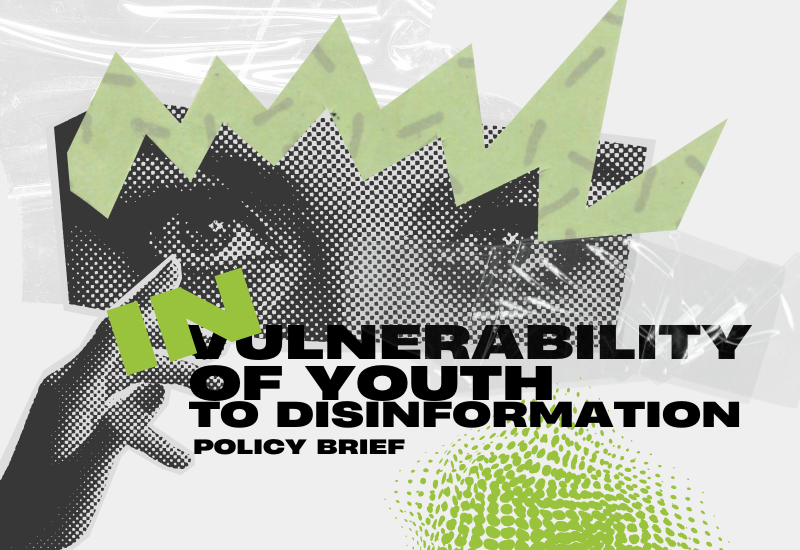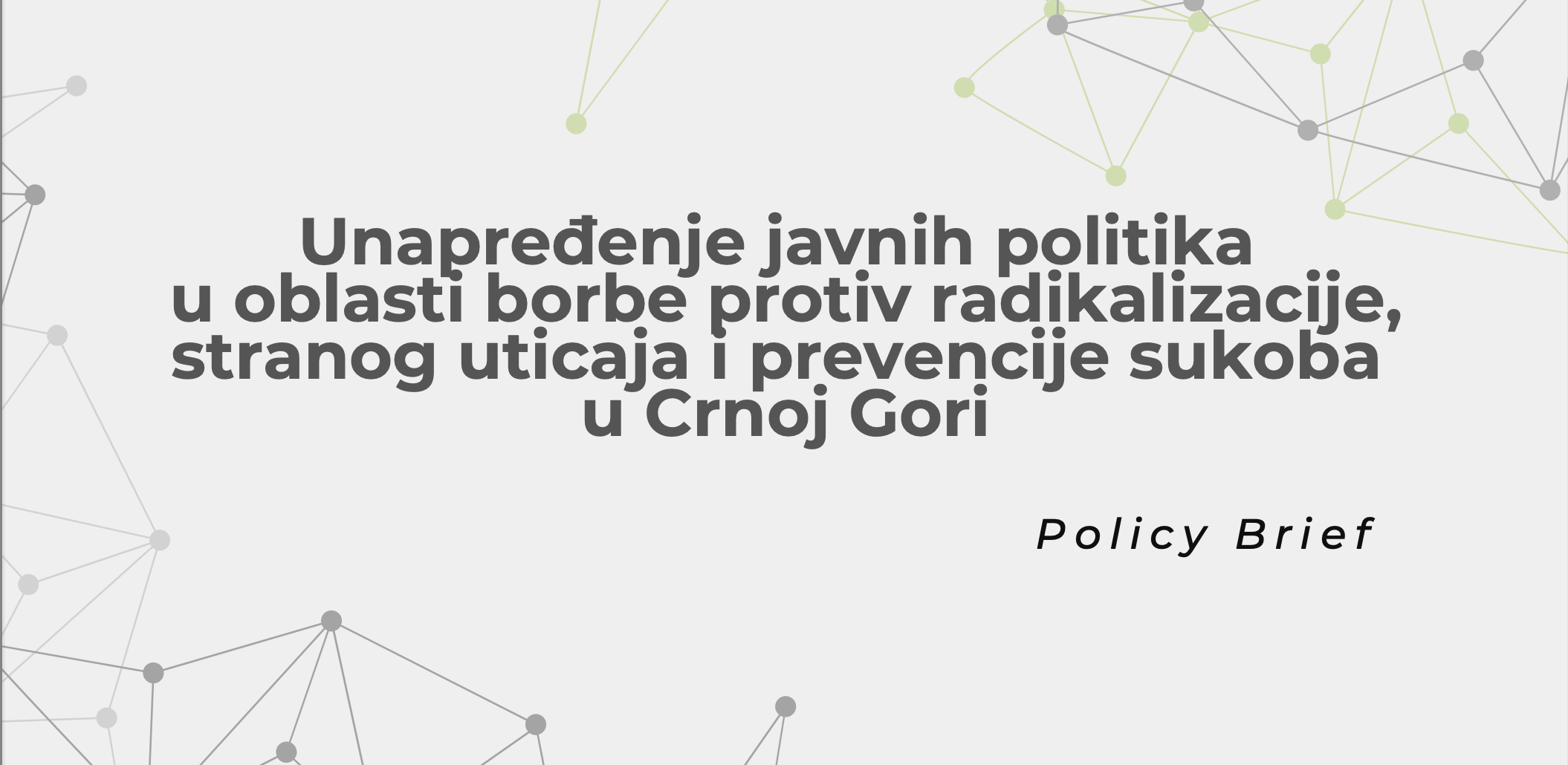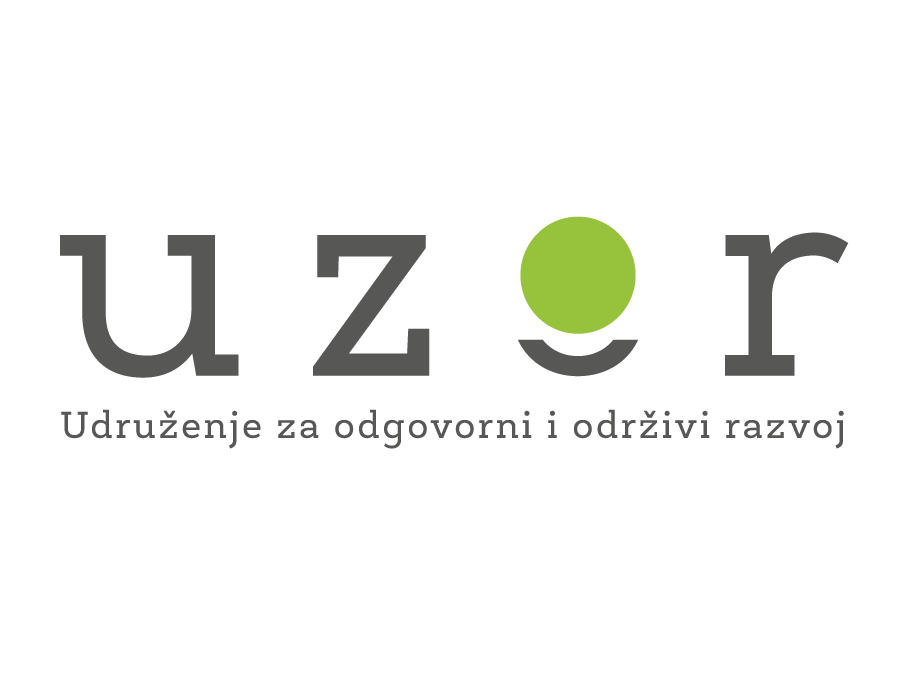Besides the usual challenges such as pressures from powerful actors and unpredictable field conditions, female journalists in Montenegro face physical attacks, sexist insults, online harassment, and open threats of violence.
Data from the past two years show alarming statistics – nearly 50% of registered attacks on journalists in our country concern women, with most involving gender-based insults and threats of sexual violence.
According to the European Commission’s report, although some progress has been made regarding journalists’ rights, “more effort is needed to address both old and new cases of violence against the media.” Numerous cases have not been adequately investigated, and perpetrators connected to powerful figures in the country often remain unpunished, creating an atmosphere of fear and leading to self-censorship.
When discussing Montenegro, constitutional guarantees of media freedom and statements about the country’s European prospects are often emphasized. However, the reality on the ground shows that journalists, especially female journalists who expose corruption and crime, often become targets and must seek protection through the law.
For this reason, UZOR has created a guide for protecting female journalists, which highlights key problems as well as solutions regarding their protection.
A key aspect is protecting female journalists by improving the existing legal framework and implementing concrete security measures. Legal mechanisms, including the Constitution, Criminal Code, and Media Law, provide basic protection, but practice shows that gender-motivated attacks are often insufficiently recognized and sanctioned. Therefore, it is important to know and use legal mechanisms so that female journalists can ensure their safety in risky situations.
Also, some of the guide’s recommendations include creating a risk map that would thoroughly identify all potential threats, forming a crisis plan establishing clear protocols in case of threats, with a focus on education and security training, digital security, and psychosocial support.
The protection of female journalists, especially those engaged in investigative journalism, depends not only on formal legal frameworks but also on the active involvement of media houses, journalist organizations, and the broader community. We must not forget that the success of these measures depends on the readiness of all actors to oppose violence and preserve media freedom, which is the foundation of a democratic society.
You can find the full analysis at the link.
Maja Nikolić,
Program Manager, UZOR





